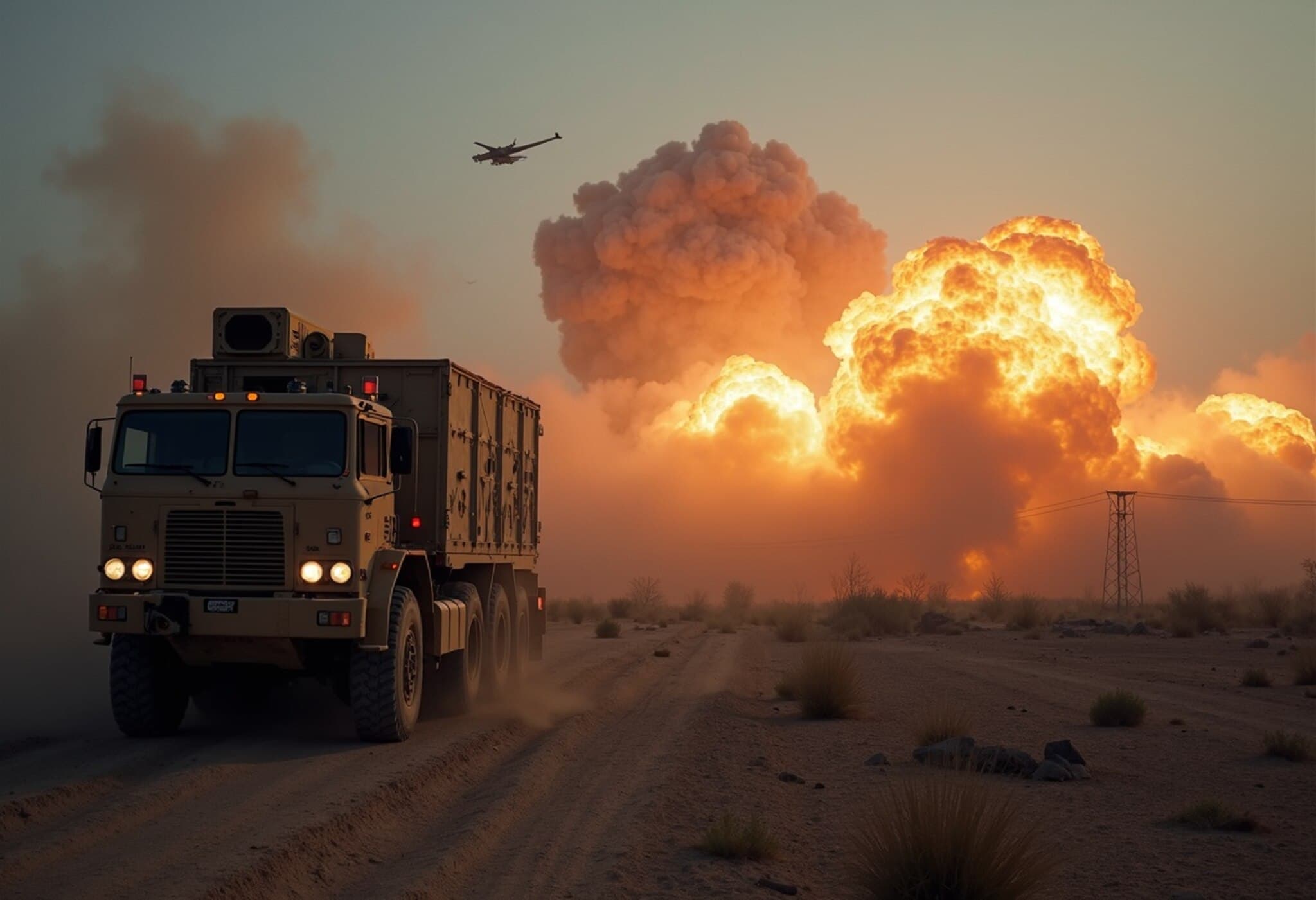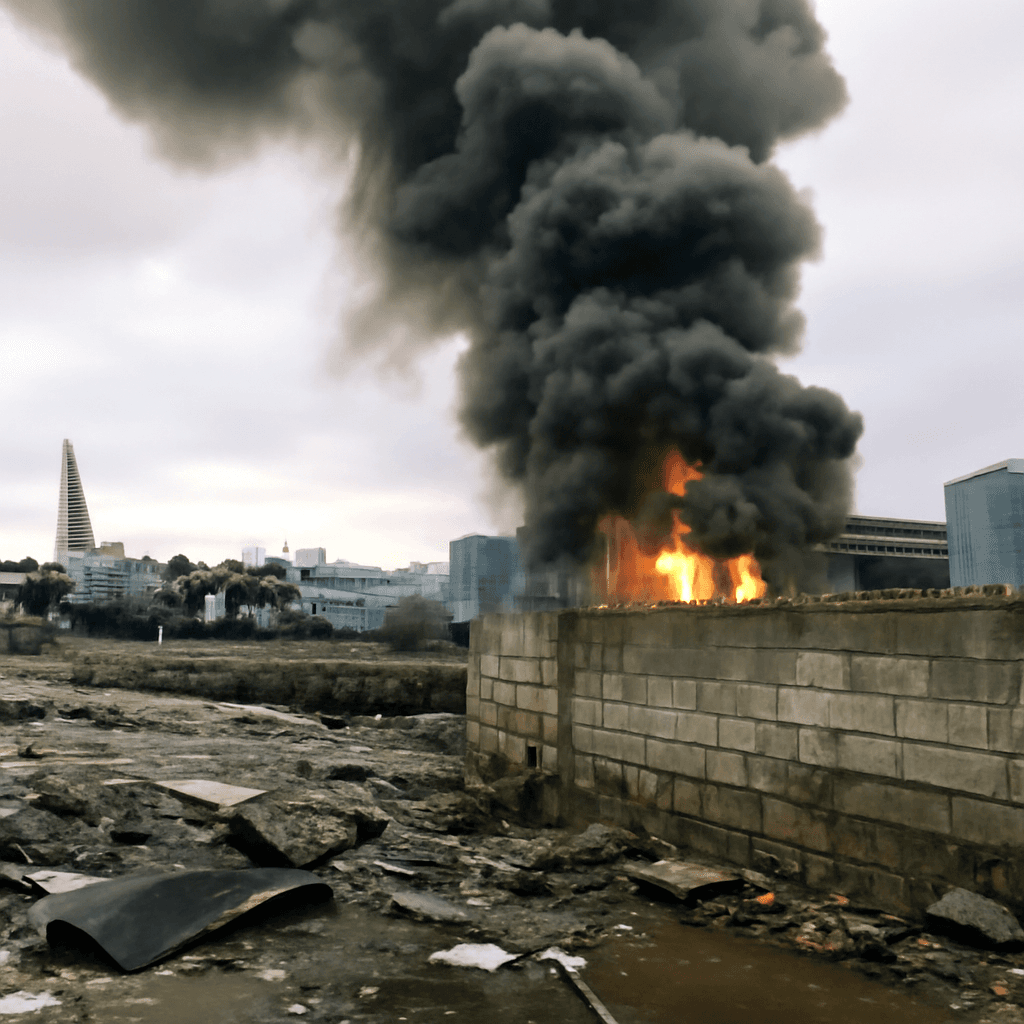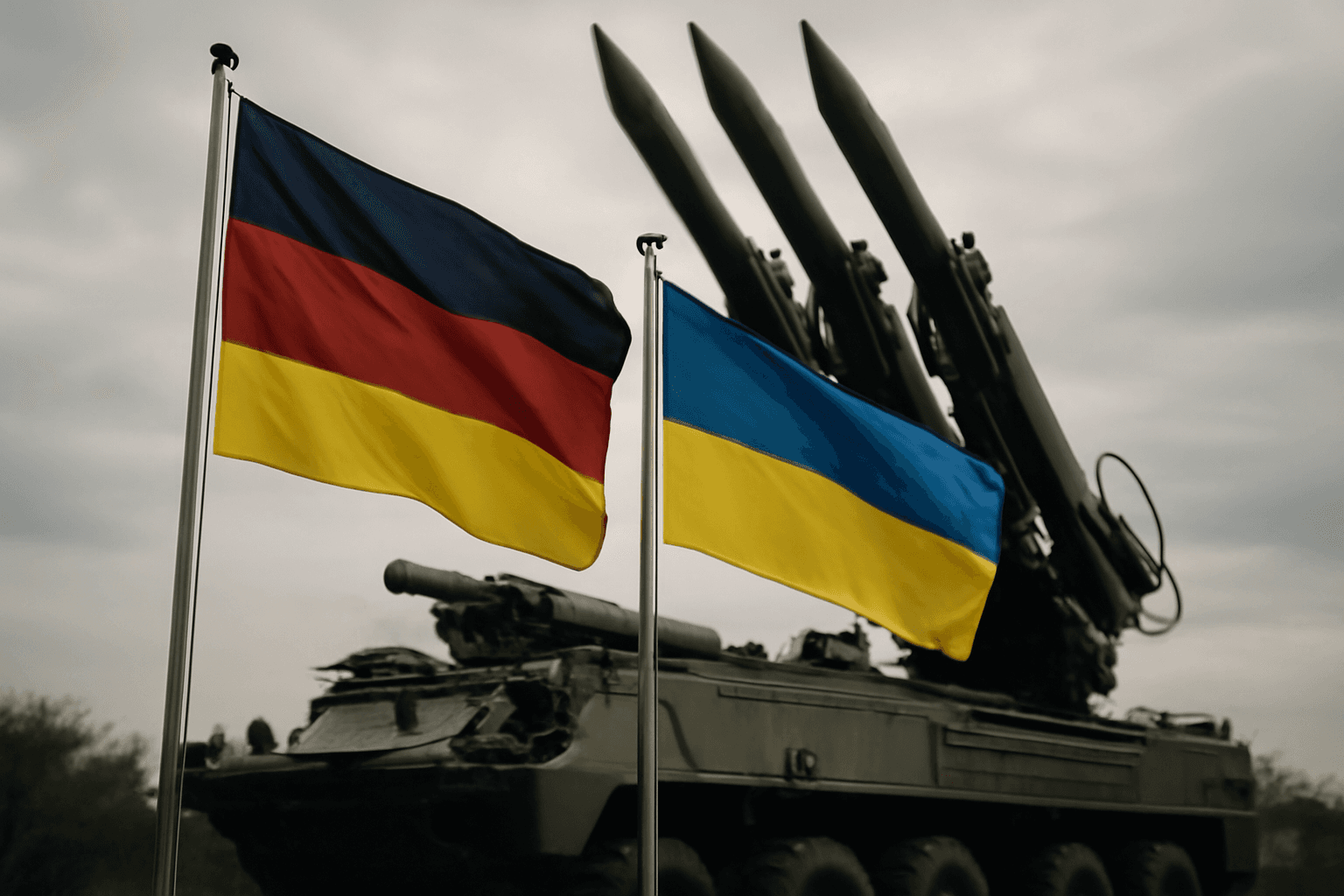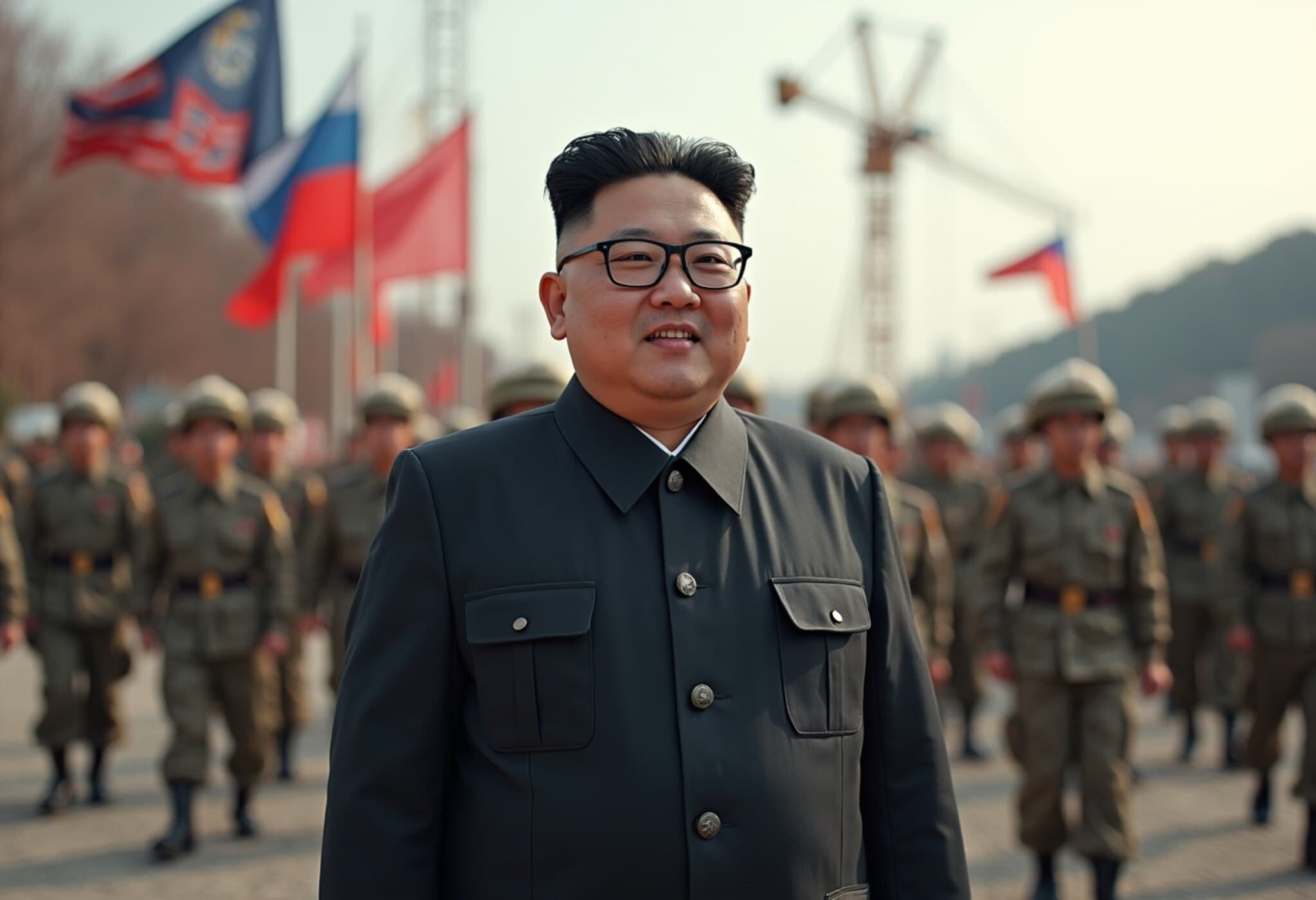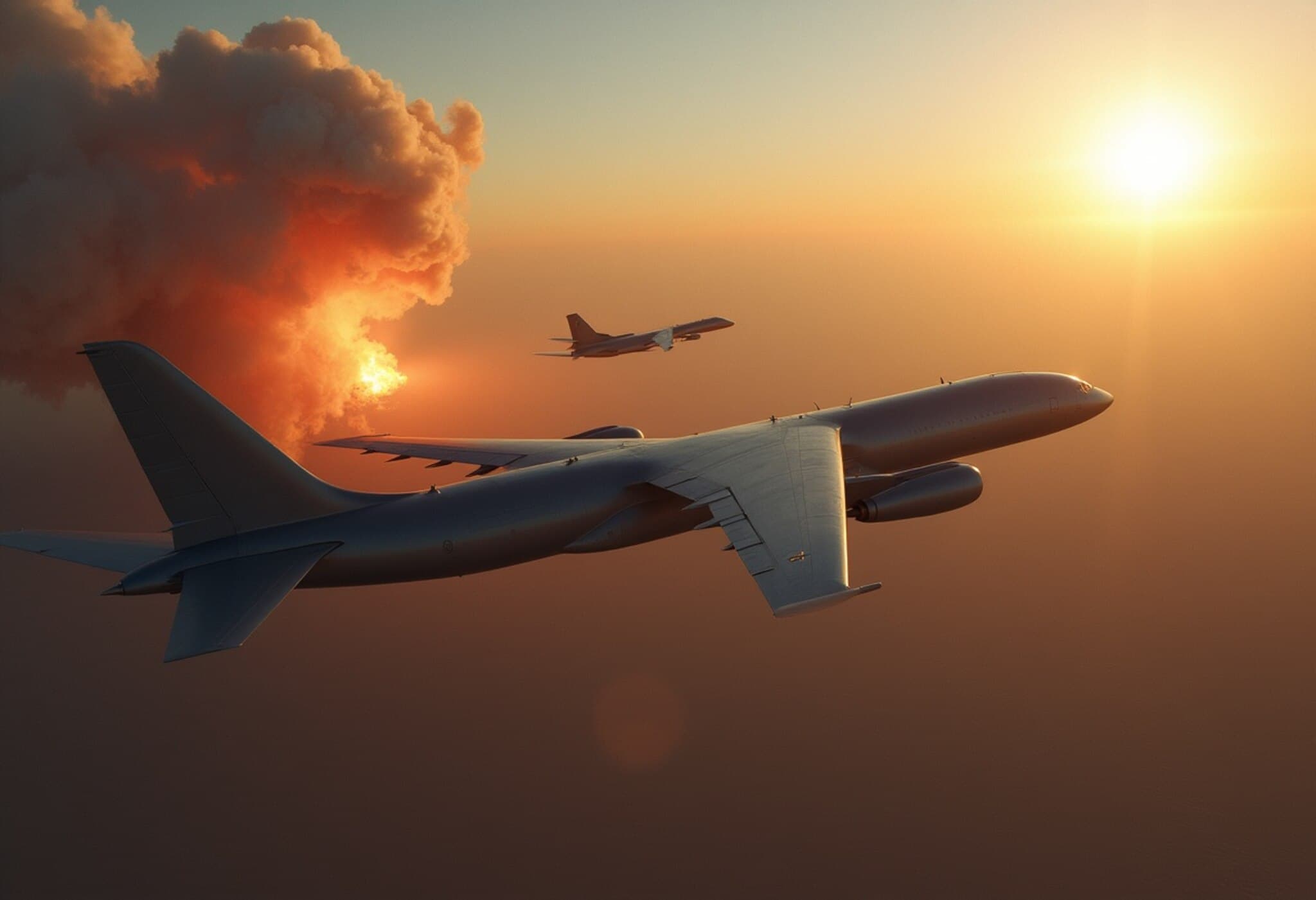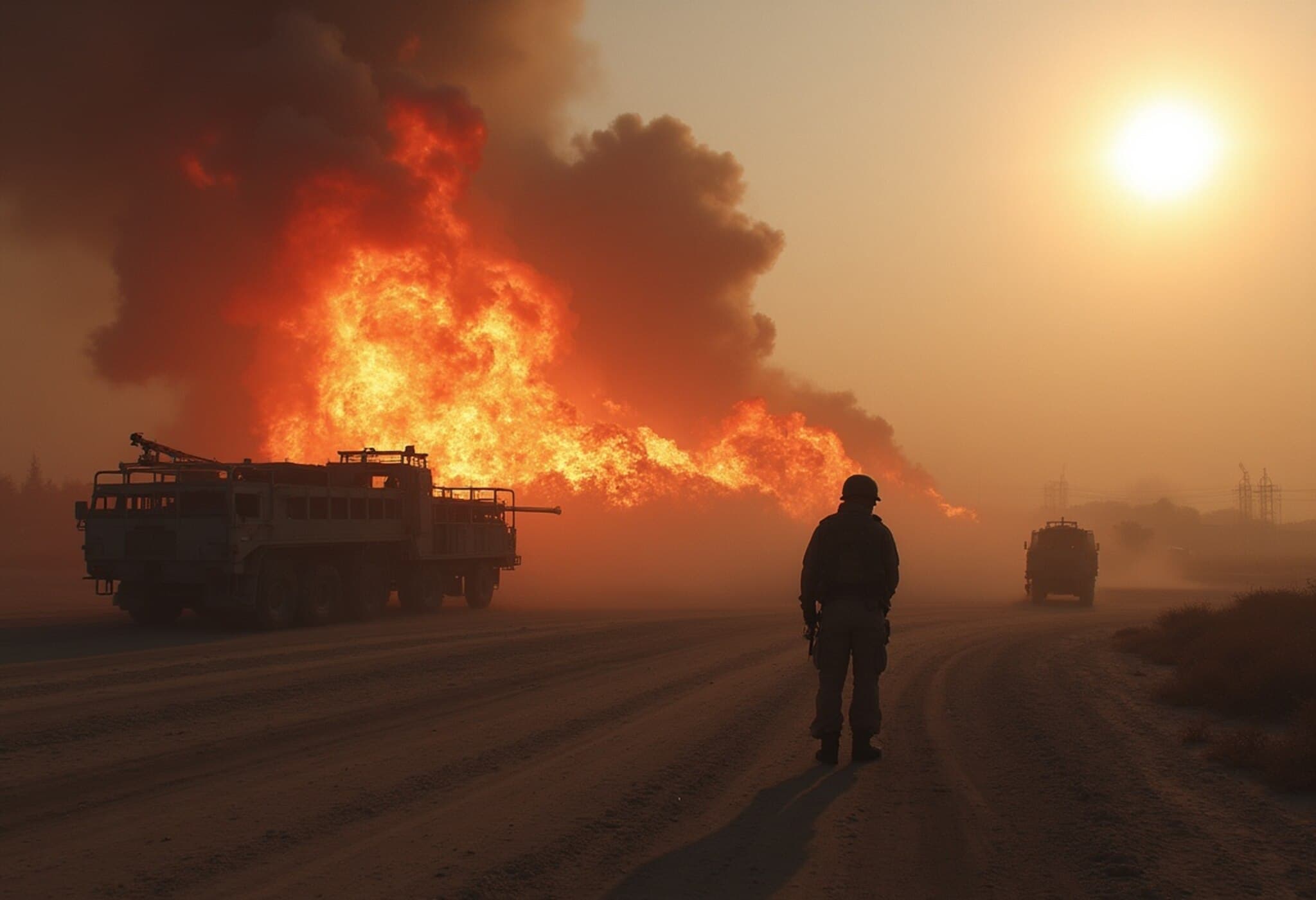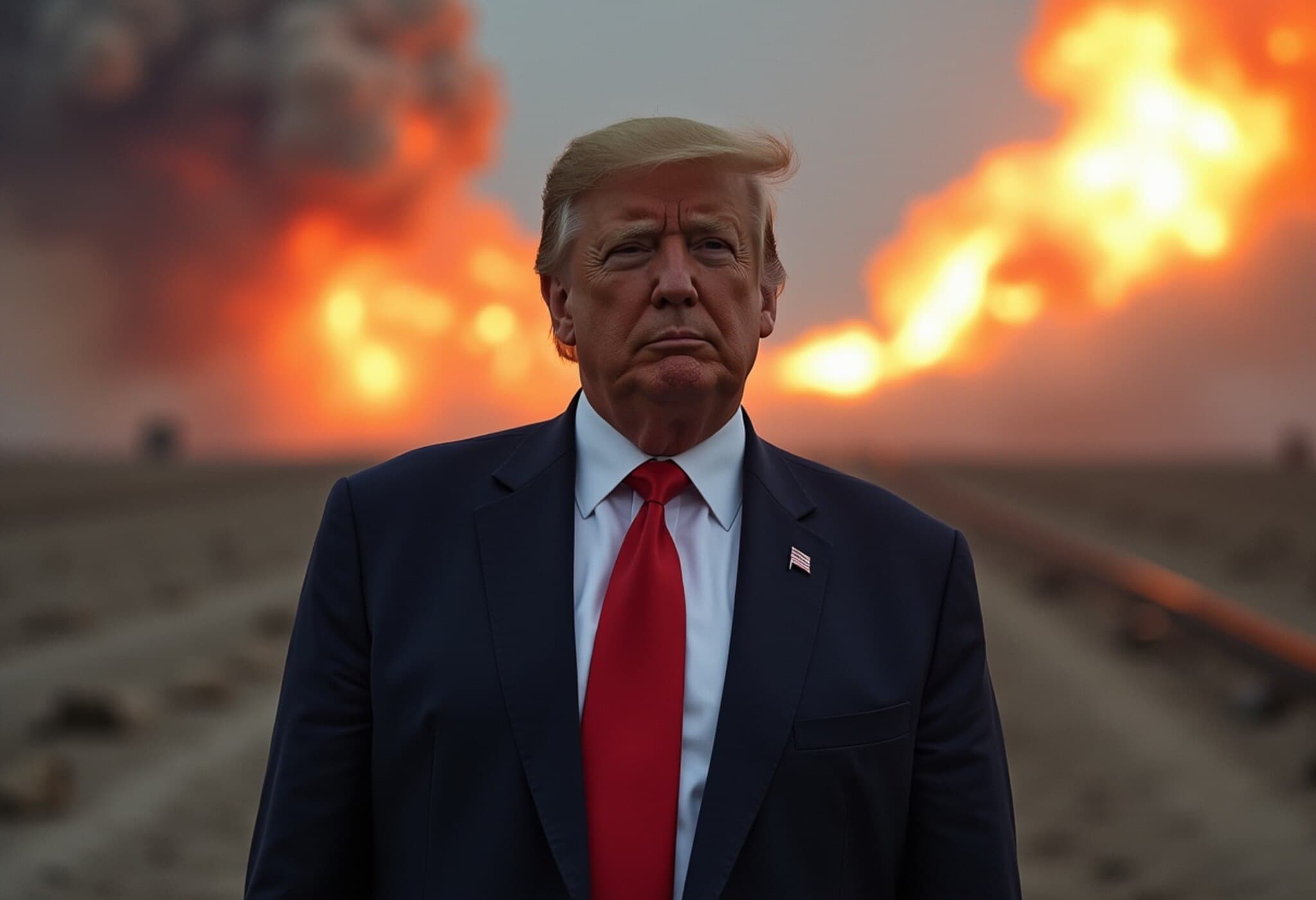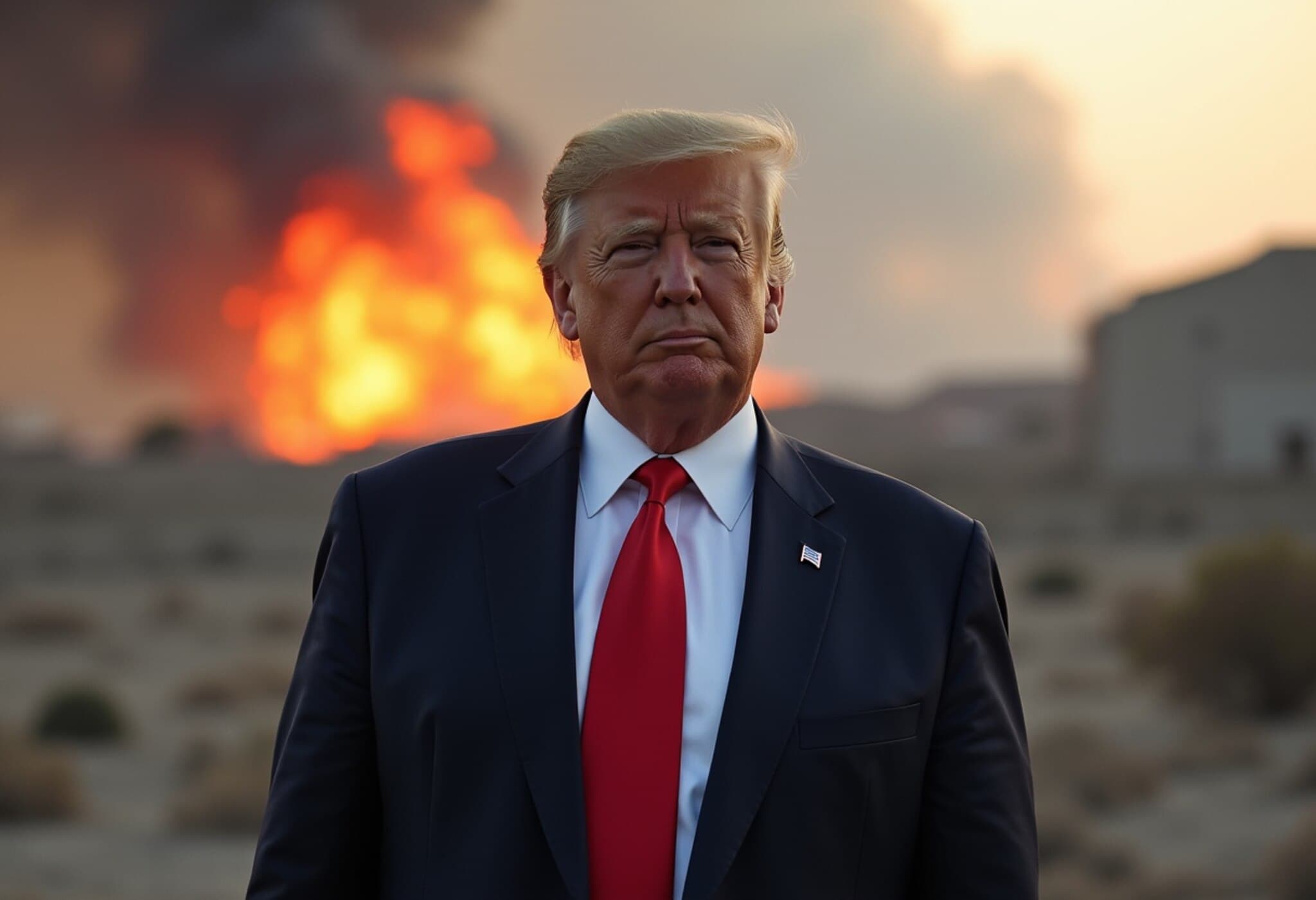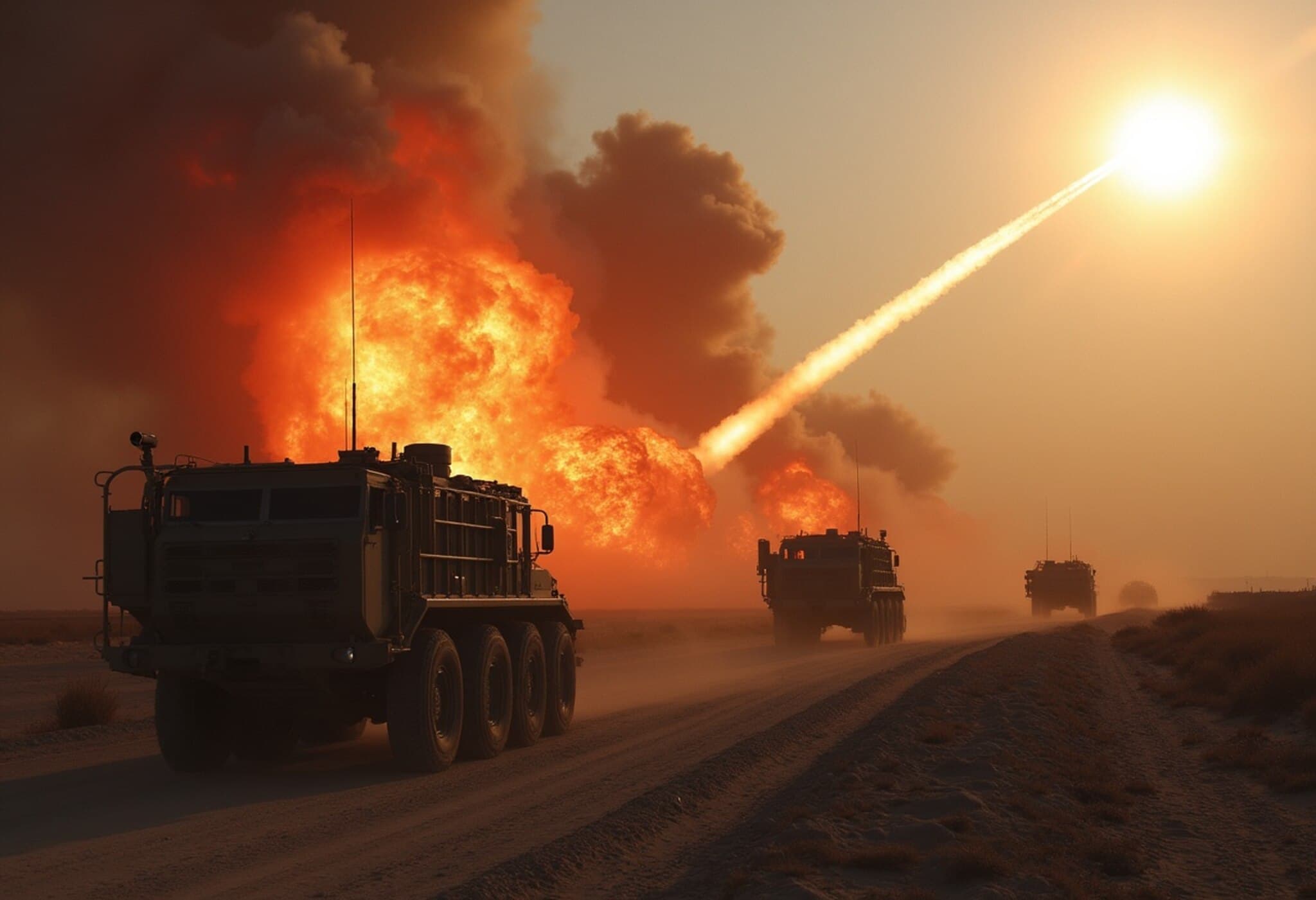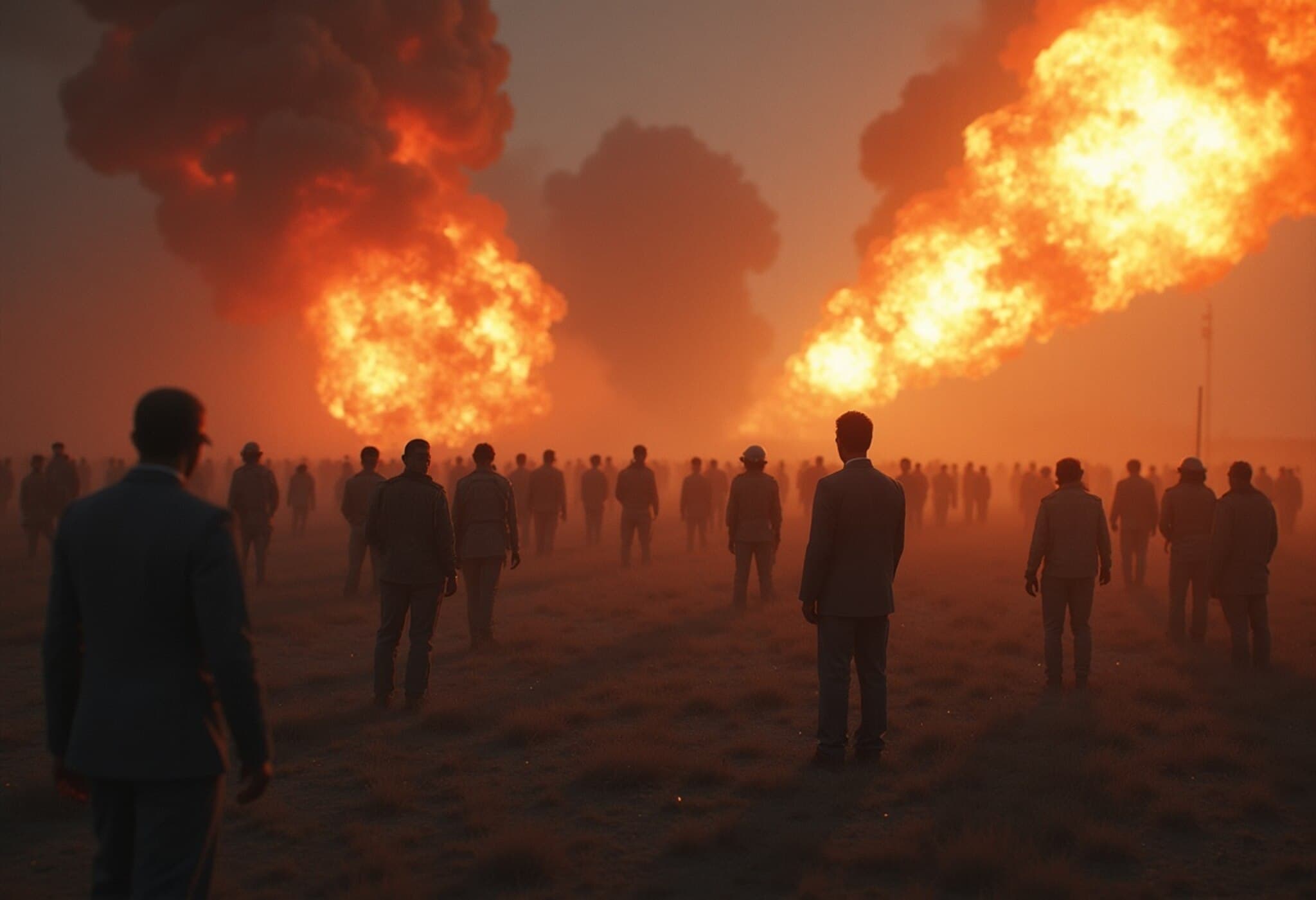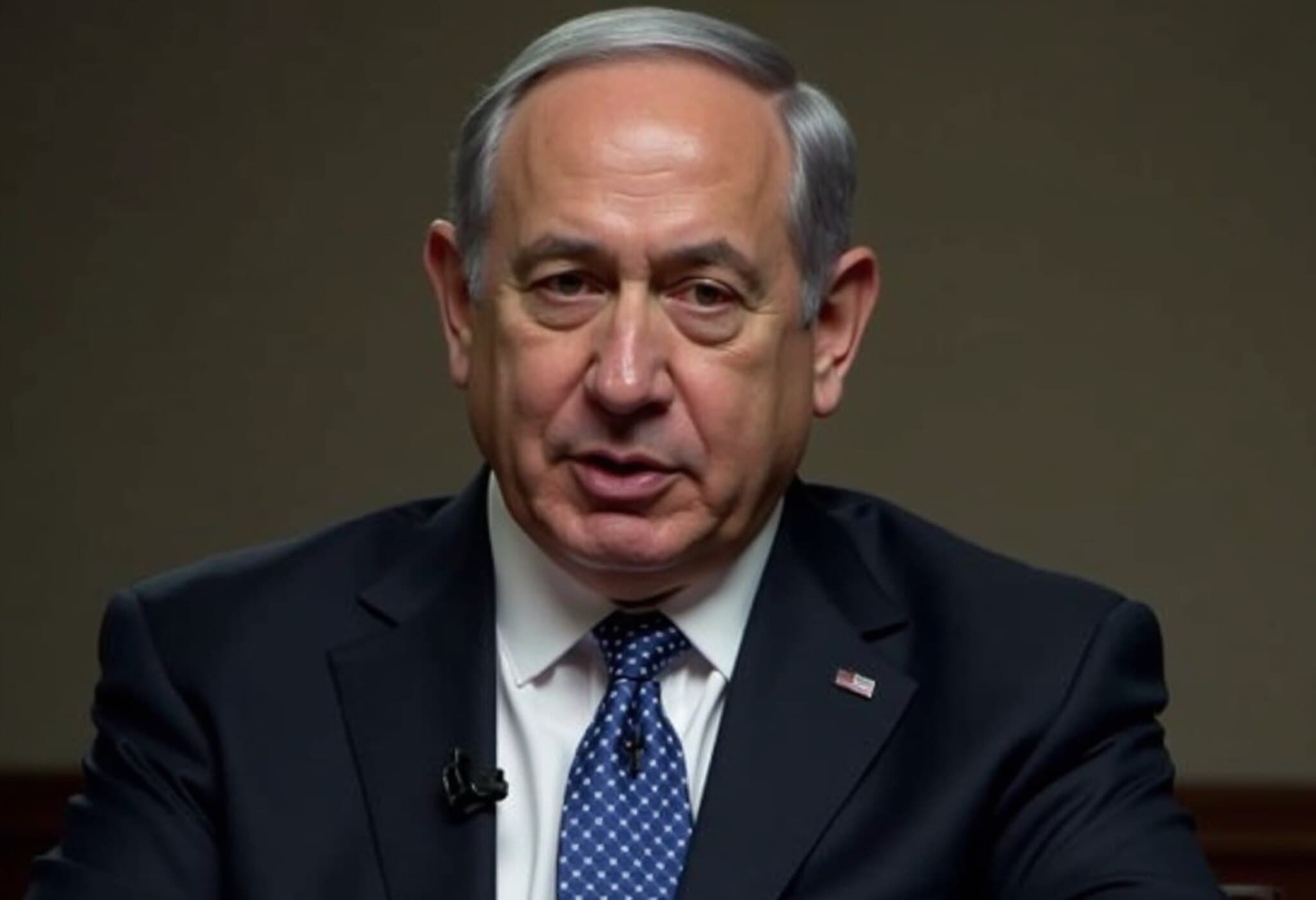US Military Executes Successful Strikes Against Iranian Nuclear Facilities
The United States Department of Defense has officially announced the success of Operation Midnight Hammer, a carefully orchestrated military campaign aimed at crippling Iran's nuclear program. Precision strikes targeted critical sites at Fordow, Isfahan, and Natanz, undermining Tehran's ambitions to develop nuclear weapons.
Months of Strategic Planning Culminate in Coordinated Strikes
The operation was far from spontaneous. Months of meticulous planning, joint intelligence coordination, and strategic preparations underpinned the mission’s execution. US officials acknowledged close cooperation with Israeli counterparts, emphasizing the alliance’s vital role throughout the process.
A Powerful Message Backed by Military Might
During the briefing, US Secretary of Defense Pete Hegseth highlighted President Trump’s firm stance: when the President speaks, the world must pay attention. He reiterated that this operation signals zero tolerance for Iran's nuclear development, fulfilling years of warnings against Iran acquiring nuclear weapons.
“When POTUS says 60 days for peace and negotiation, he means it. If Iran does not choose that path, their nuclear capability simply will not exist,” Hegseth stated.
Mission Objectives: Destroy Nuclear Ambitions, Not Regime
The operation aimed explicitly at dismantling or severely degrading Iran’s nuclear infrastructure, not at regime change. Furthermore, the strikes were carefully designed to avoid civilian casualties or engagement with Iranian military forces outside the targeted facilities, underscoring a precise, measured strike philosophy.
Key Highlights from the Operation:
- Successful precision strikes on Fordow, Isfahan, and Natanz nuclear sites.
- Collaborative efforts with Israel, underscoring allied synergy.
- Use of cutting-edge weaponry, including the Massive Ordnance Penetrator (MOP) – a powerful bunker-busting bomb.
- Longest B-2 Spirit bomber mission since 2001, showcasing strategic air capabilities.
- No targeting of civilians or Iranian troops, focusing solely on nuclear facilities.
- Clear deterrence message reinforcing the US commitment to protect its interests decisively.
Advanced Weaponry Underpins the Strike
The mission featured the deployment of 6 B-2 bombers, which undertook the longest such mission since the early 2000s. Notably, the strike employed 12 bunker-buster bombs and more than 30 Tomahawk cruise missiles to penetrate and destroy heavily fortified underground nuclear sites. This marked the first operational use of the Massive Ordnance Penetrator (MOP), capable of obliterating deeply buried targets.
Iran’s Response and Global Implications
Iran swiftly condemned the strikes, labeling them illegal and vowing to persist with its nuclear agenda despite the attack. Meanwhile, the US has underscored its restored deterrence capabilities, sending a robust signal to Tehran and the world that attempts to develop nuclear weapons will face swift and overwhelming military response.
This operation symbolizes a significant moment in global nuclear non-proliferation efforts, reaffirming the US’ readiness to act decisively to curb nuclear threats.

